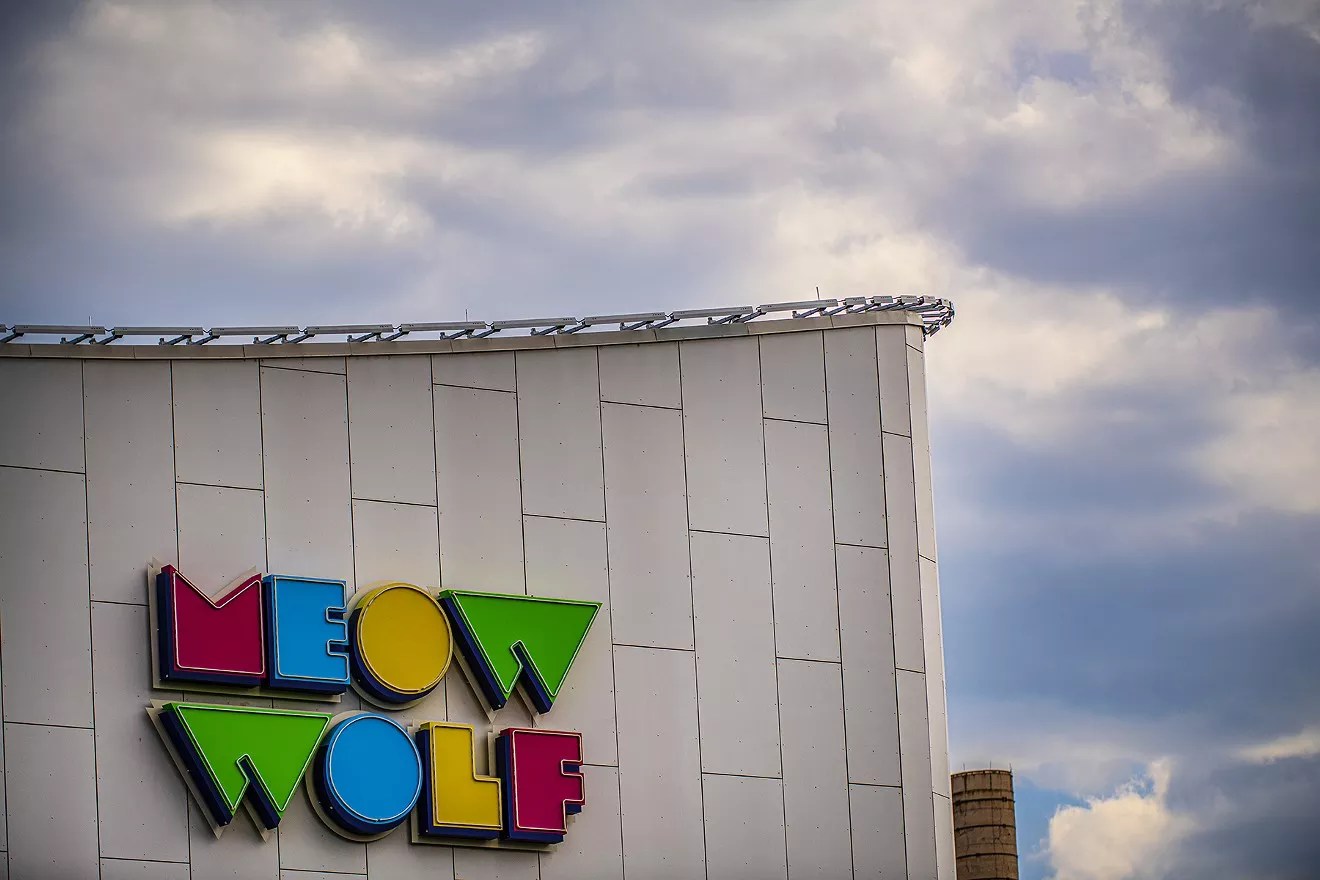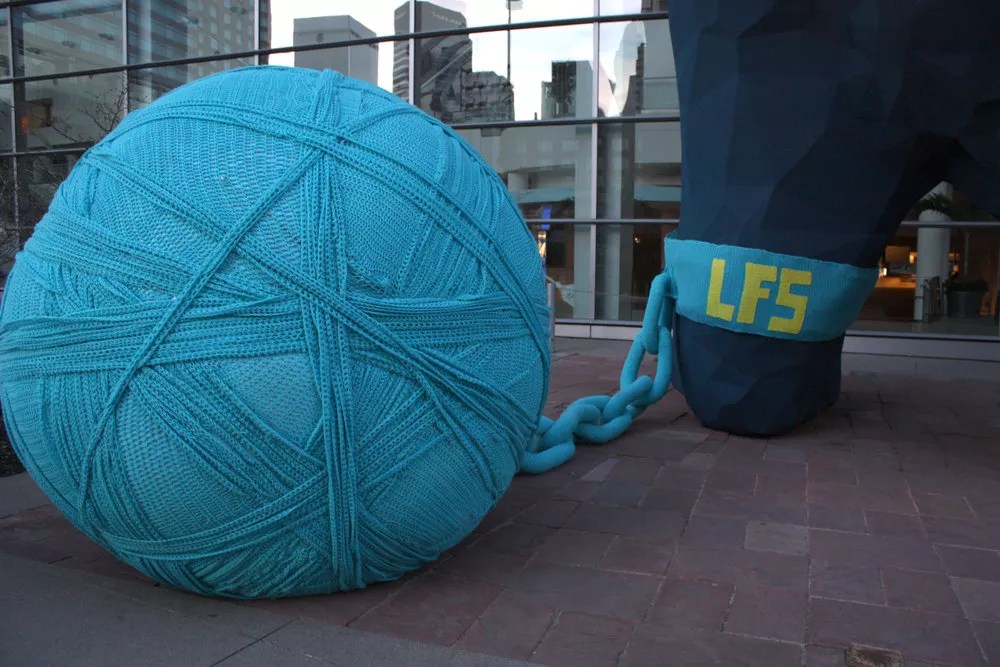
Evan Semon

Audio By Carbonatix
On December 30, the Washington Post offered its readers “An Art Lover’s Guide to Denver.” While flattering, the article was also clueless about what would make Denver’s art scene really stand out for visitors, especially those coming from cities with world-class art museums. I was once one of those visitors; I was raised outside of D.C., where the National Gallery of Art was a second home – with free admission, no less (thanks, federal sugar daddy). No one from the Post‘s mid-Atlantic audience would be that interested in seeing a traveling exhibit on Mary Cassatt in Denver when back home they could walk through multiple rooms filled with one of the best Impressionist collections in the world.
But rather than discuss the fascinating public sculptures, murals, artist co-ops and street art that make this city a standout, the piece still spent way too much time talking about the Denver Art Museum – an admittedly great museum that just revealed a stunning renovation, but still…. Where was the shocking Blucifer, the 32-foot-tall blue stallion with neon red eyes rearing outside the airport? Where was Lumonics, the gallery filled with psychedelic LED sculptures? Where was the 16th Street Mall designed by I.M. Pei, the same iconic architect who crafted the National Gallery’s sleek, modern East Wing building? One of these two Pei creations may be covered with scattered needles and excrement (guess which?), but trot into an alley off the mall, and you’ll see murals by talented local and nationally known artists.

Grounbreaking mural by Emanuel Martinez at La Alma Recreation Center.
Evan Semón
While D.C. is accustomed to high-end exhibits on historic artists, Denver has a far more impressive DIY spirit and confidence in local artists. Prestigious names aren’t what light the fire here. Instead, there are street-art installations by the Ladies Fancywork Society, the psychedelic and thought-provoking graffiti and murals splashed throughout the RiNo Art District (the Washington Post mentions Crush Walls, but not that the mural operation dissolved amid sexual-misconduct allegations and has been replaced by a brand-new effort in RiNo), the cutting-edge murals created by Chicano artists decades ago, or even one of the many self-guided public art tours that can be found on the Denver Public Art website. These would all be a breath of fresh air for anyone who is used to stuffier museums, including the primary audience of the Washington Post.
Will you step up to support Westword this year?
At Westword, we’re small and scrappy — and we make the most of every dollar from our supporters. Right now, we’re $21,000 away from reaching our December 31 goal of $50,000. If you’ve ever learned something new, stayed informed, or felt more connected because of Westword, now’s the time to give back.
Oddly enough, the article ignored one Denver museum where I would eagerly take my hometown friends: the Museum of Contemporary Art. The museum currently boasts impressive exhibits of Deborah Roberts’s spectacular portraits (brought up in the Sex and the City reboot, And Just Like That) and Jason Moran’s music-inspired paintings (with concerts to match this weekend). It regularly brings in artists you aren’t likely to see elsewhere, and has expanded its efforts with the addition of the Holiday Theatre annex.

Art augmenting art at the Colorado Convention Center.
Ladies Fancywork Society
The Post gives a good amount of space to Meow Wolf, which is understandable: That’s the whale in Denver’s somewhat small pool. But there’s more than Meow Wolf if you’re looking for immersive art. There’s Beacon, a new venue that’s chock-full of interactive spaces built by local artists (and serves delicious craft cocktails, to boot), as well as that Lumonics Gallery of Light and Sound, whose delightful management is always overjoyed to show off the light-art sculptures of the late Mel and Dorothy Tanner and introduce visitors to its calming immersive light show. Even local concerts are hopping on the immersive train: Coastless Creatives puts on shows with local bands that also act as galleries for local artists to show off creative installations, tied together with funky narratives. Trust us: These immersive shows are far more accomplished and enlightening than the sloppy light projections that bastardize the life’s work of revered artists.
After seeing the two touring immersive retreads that attracted crowds in Denver (and ink in the Washington Post), van Gogh wouldn’t just cut off his other ear. He’d probably go for his eyes.